"项城市2017统计年鉴"相关数据
更新时间:2024-11-222019世界能源统计年鉴
In particular,the data compiled in this year's Review suggest that in 2018,global energy demand and carbon emissions from energy use grew at their fastest rate since 2010/11,moving even fur ther away from the accelerated transition envisaged by the Paris climate goals.
BP's economics team estimate that much of the rise in energy growth last year can be traced back to weather-related effects,as farmilies and businesses increased their demand for cooling and heating in response to an unusually large number of hot and cold days.The acceleration in carbon emissions was the direct result of this increased energy consumption.
Even if these weather effects are short-lived,such that the growth in energy demand and carbon emissions slow over the next few years,there seems lttle doubt that the current pace of progress is inconsistent with the Paris climate goals.The world is on an unsustainable path:the longer carbon emissions continue to rise,the harder and more costly will be the eventual adjustment to net-zero carbon emissions.Yet another year of growing carbon emissions underscores the urgency for the world to change.
The Statistical Review provides a timely and objective insight into those developments and how that change can begin to be achieved.
The strength iท energy consumption was reflected acroรs all the fuels,many of which grew more strongly than their recent historical averages.This acceleration was particularly pronounced for natural gas,which grew at one of its fastest rates for over 30 years,accounting for over 40% of the growth in primary energy.On the supply side,the data for 2018 reinforced the central importance of the US shale revolution.
【更多详情,请下载:2019世界能源统计年鉴】
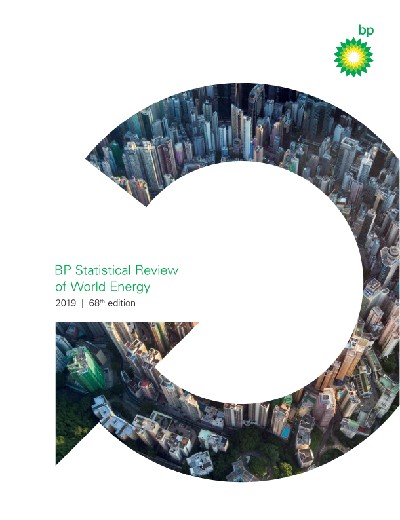
 截至2017年底中国城区人口超过(接近)300万的城市分布情况该统计数据包含了截止到2017年底中国城区人口超过(接近)300万的城市分布情况。截止到2017年底中国城区人口超过(接近)300万的城市中,上海的城区人口为2418.33万人。2017年发布时间:2020-06-06
截至2017年底中国城区人口超过(接近)300万的城市分布情况该统计数据包含了截止到2017年底中国城区人口超过(接近)300万的城市分布情况。截止到2017年底中国城区人口超过(接近)300万的城市中,上海的城区人口为2418.33万人。2017年发布时间:2020-06-06 2008-2017年全球“智慧城市战略指数”城市数量增加情况该统计数据包含了2008-2017年全球“智慧城市战略指数”城市数量增加情况。2017年全球“智慧城市战略指数”城市数量增加42个。2008-2017年发布时间:2020-07-16
2008-2017年全球“智慧城市战略指数”城市数量增加情况该统计数据包含了2008-2017年全球“智慧城市战略指数”城市数量增加情况。2017年全球“智慧城市战略指数”城市数量增加42个。2008-2017年发布时间:2020-07-16 2017年中国垃圾产生量排名前十城市主要垃圾数据统计该统计数据包含了2017年中国垃圾产生量排名前十城市主要垃圾数据统计。北京人均生产垃圾0.43吨/年,上海人均生产垃圾0.31吨/年。2017年发布时间:2020-02-15
2017年中国垃圾产生量排名前十城市主要垃圾数据统计该统计数据包含了2017年中国垃圾产生量排名前十城市主要垃圾数据统计。北京人均生产垃圾0.43吨/年,上海人均生产垃圾0.31吨/年。2017年发布时间:2020-02-15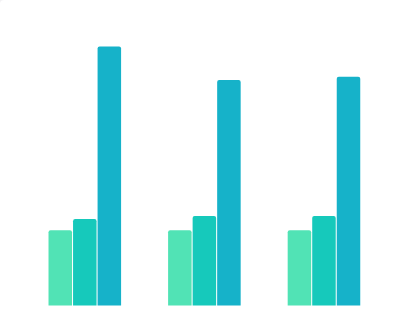 2014年-2017年中国信息发布城市数量该统计数据包含了2014年-2017年中国信息发布城市数量。2017年强制发布重点城市数量达到了47个。2014-2017年发布时间:2021-04-23
2014年-2017年中国信息发布城市数量该统计数据包含了2014年-2017年中国信息发布城市数量。2017年强制发布重点城市数量达到了47个。2014-2017年发布时间:2021-04-23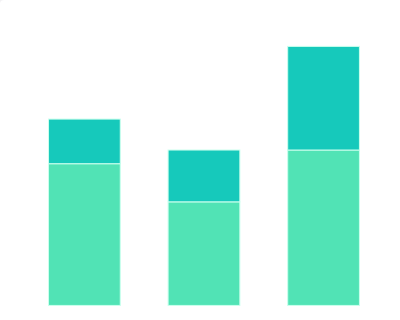 2017年京沪居民对生活城市的描述词频统计该统计数据包含了2017年京沪居民对生活城市的描述词频统计。部分相对词频两城市存在显著差异。2017年发布时间:2022-07-20
2017年京沪居民对生活城市的描述词频统计该统计数据包含了2017年京沪居民对生活城市的描述词频统计。部分相对词频两城市存在显著差异。2017年发布时间:2022-07-20 2017年中国城市及县城机械化清扫率该统计数据包含了2017年中国城市及县城机械化清扫率。其中城市机械化清扫率为65.01%。2017年发布时间:2021-01-20
2017年中国城市及县城机械化清扫率该统计数据包含了2017年中国城市及县城机械化清扫率。其中城市机械化清扫率为65.01%。2017年发布时间:2021-01-20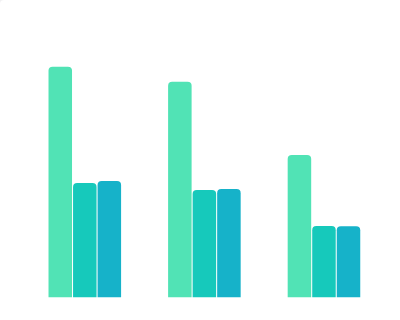 2017年中国四城市户籍人口及性别构成情况该统计数据包含了2017年中国四城市户籍人口及性别构成情况。其中,2017年上海市户籍总人口为14551300人。2017年发布时间:2020-12-02
2017年中国四城市户籍人口及性别构成情况该统计数据包含了2017年中国四城市户籍人口及性别构成情况。其中,2017年上海市户籍总人口为14551300人。2017年发布时间:2020-12-02 1960-2017年中国最大城市人口该统计数据包含了1960-2017年中国最大城市人口。2017年中国最大城市人口数为25202124人,占城市人口比为3.139418%。1960-2017年发布时间:2018-11-23
1960-2017年中国最大城市人口该统计数据包含了1960-2017年中国最大城市人口。2017年中国最大城市人口数为25202124人,占城市人口比为3.139418%。1960-2017年发布时间:2018-11-23 2017年中国城市双创指数排名情况本数据记录了2017年中国城市双创指数排名,其中北京双创指数127.442017年发布时间:2019-12-25
2017年中国城市双创指数排名情况本数据记录了2017年中国城市双创指数排名,其中北京双创指数127.442017年发布时间:2019-12-25 2017年中国超大城市人口情况该统计数据包含了2017年中国超大城市人口情况。2017年上海城居人口2418万人,北京城区人口1877万人。2017年发布时间:2019-10-30
2017年中国超大城市人口情况该统计数据包含了2017年中国超大城市人口情况。2017年上海城居人口2418万人,北京城区人口1877万人。2017年发布时间:2019-10-30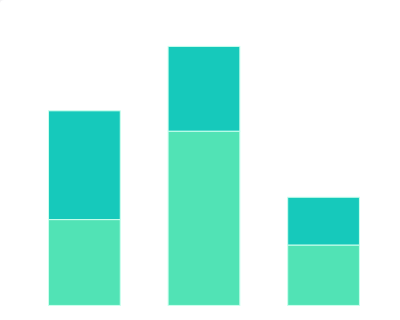 2017年考虑未来数年离开现在城市的新中产中,各级城市的占比该统计数据包含了2017年考虑未来数年离开现在城市的新中产中,各级城市的占比。2017年考虑未来数年离开现在城市的新中产中,目的城市为新一线城市的占比52.42%。2017年发布时间:2019-05-13
2017年考虑未来数年离开现在城市的新中产中,各级城市的占比该统计数据包含了2017年考虑未来数年离开现在城市的新中产中,各级城市的占比。2017年考虑未来数年离开现在城市的新中产中,目的城市为新一线城市的占比52.42%。2017年发布时间:2019-05-13 2000年-2017年中国上海生活垃圾统计量该统计数据包含了2000年-2017年中国上海生活垃圾统计量。2018年产生生活垃圾984.3吨。2000-2017年发布时间:2020-07-01
2000年-2017年中国上海生活垃圾统计量该统计数据包含了2000年-2017年中国上海生活垃圾统计量。2018年产生生活垃圾984.3吨。2000-2017年发布时间:2020-07-01 2017年中国重点城市中垃圾产生量排名前十城市的情况该统计数据包含了2017年中国重点城市中垃圾产生量排名前十城市的情况。其中,北京人均垃圾产生量为0.43吨/年。2017年发布时间:2021-01-27
2017年中国重点城市中垃圾产生量排名前十城市的情况该统计数据包含了2017年中国重点城市中垃圾产生量排名前十城市的情况。其中,北京人均垃圾产生量为0.43吨/年。2017年发布时间:2021-01-27 2017年中国新中产城市分布该统计数据包含了2017年新中产城市分布。一线城市占比32.91%,新一线城市占比34。84%。2017年发布时间:2019-05-13
2017年中国新中产城市分布该统计数据包含了2017年新中产城市分布。一线城市占比32.91%,新一线城市占比34。84%。2017年发布时间:2019-05-13 2017年中国新中产更换城市的原因该数据包含了2017年中国新中产更换城市的原因。希望寻找新的生活占比为48.60%。2017年发布时间:2019-05-13
2017年中国新中产更换城市的原因该数据包含了2017年中国新中产更换城市的原因。希望寻找新的生活占比为48.60%。2017年发布时间:2019-05-13 2017年湖北主要城市文教、科技、卫生情况该统计数据包含了2017年湖北主要城市文教、科技、卫生情况。2017年湖北武汉市市文教、科技、卫生普通本科专科在校94.77万人。2017年发布时间:2019-02-20
2017年湖北主要城市文教、科技、卫生情况该统计数据包含了2017年湖北主要城市文教、科技、卫生情况。2017年湖北武汉市市文教、科技、卫生普通本科专科在校94.77万人。2017年发布时间:2019-02-20 2013-2017年中国城市轨交建设情况该统计数据包含了2013-2017年城市轨交建设情况。2017年城市在建可研批复总投资为38756亿元。2013-2017年发布时间:2019-08-26
2013-2017年中国城市轨交建设情况该统计数据包含了2013-2017年城市轨交建设情况。2017年城市在建可研批复总投资为38756亿元。2013-2017年发布时间:2019-08-26 2020年中国36个城市各单程平均通勤时间与距离统计该统计数据包含了2020年中国36各城市单程平均通勤时间与距离统计。其中北京通勤时间最长,距离最远。2020年发布时间:2020-12-08
2020年中国36个城市各单程平均通勤时间与距离统计该统计数据包含了2020年中国36各城市单程平均通勤时间与距离统计。其中北京通勤时间最长,距离最远。2020年发布时间:2020-12-08 2017年中国调研的22个城市平台覆盖城市数量情况该统计数据包含了2017年中国调研的22个城市平台覆盖城市数量情况。京东·掌柜宝覆盖城市数量第一,覆盖城市数量21个。2017年发布时间:2020-06-20
2017年中国调研的22个城市平台覆盖城市数量情况该统计数据包含了2017年中国调研的22个城市平台覆盖城市数量情况。京东·掌柜宝覆盖城市数量第一,覆盖城市数量21个。2017年发布时间:2020-06-20 2017年中国春季跳槽意愿最强的城市该统计数据包含了2017年春季跳槽意愿最强的城市。2017年春季跳槽意愿最强的城市是上海,跳槽意愿评分为6.43分。2017年发布时间:2019-06-13
2017年中国春季跳槽意愿最强的城市该统计数据包含了2017年春季跳槽意愿最强的城市。2017年春季跳槽意愿最强的城市是上海,跳槽意愿评分为6.43分。2017年发布时间:2019-06-13





